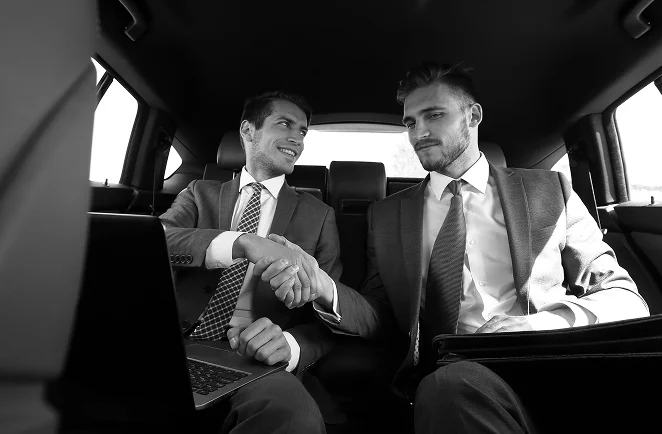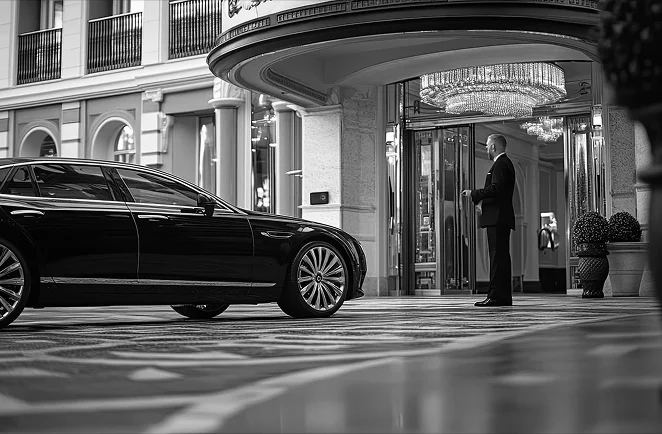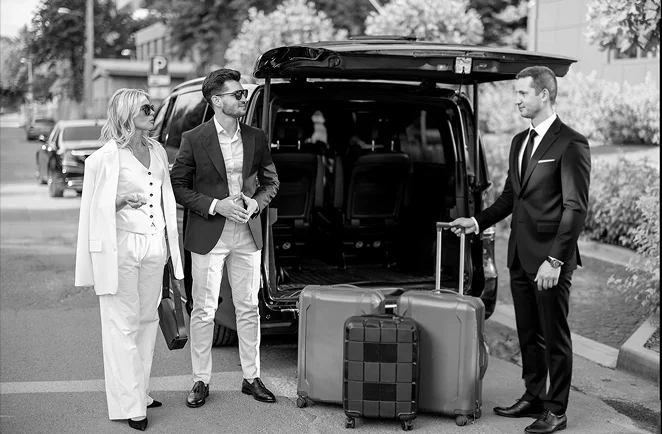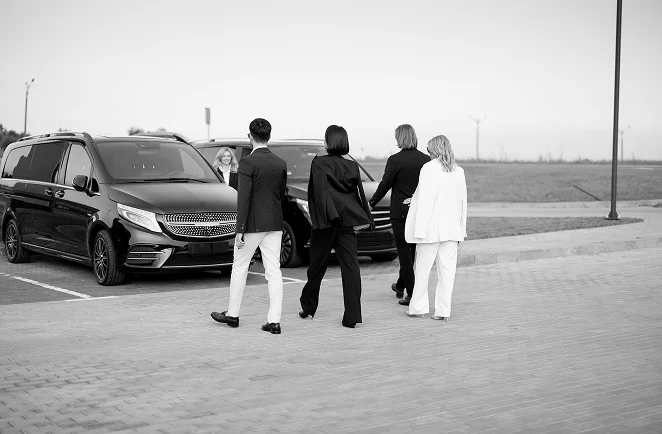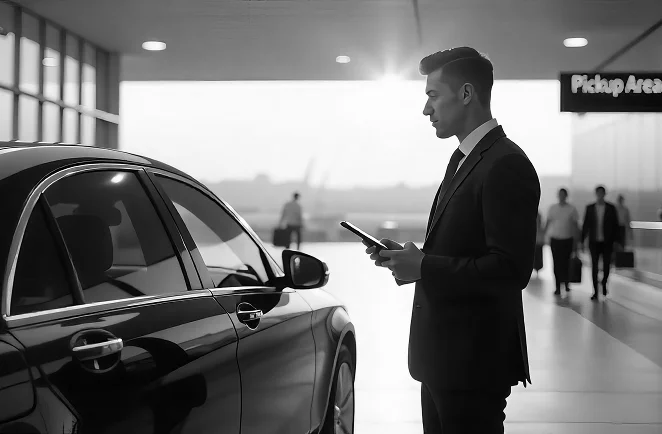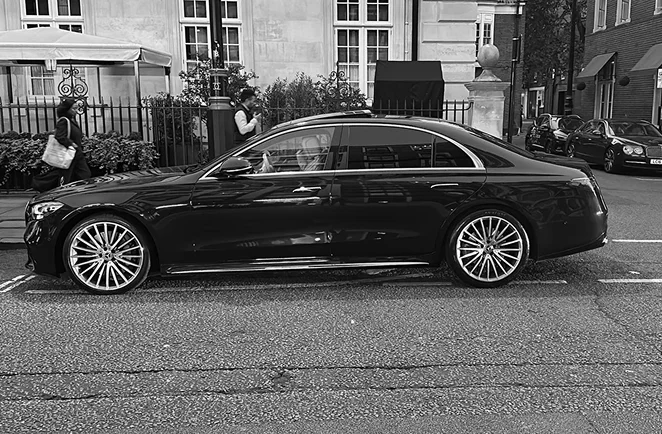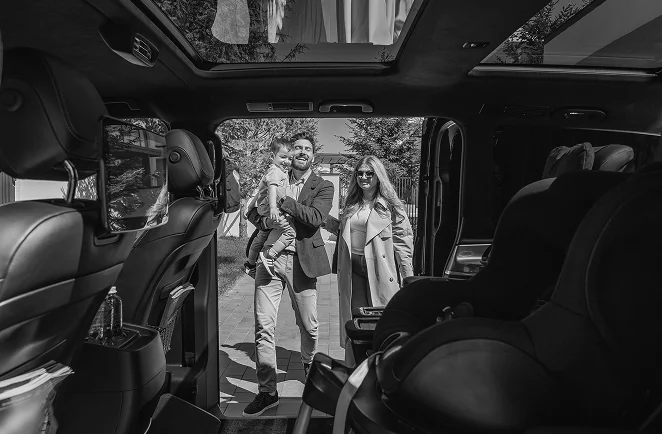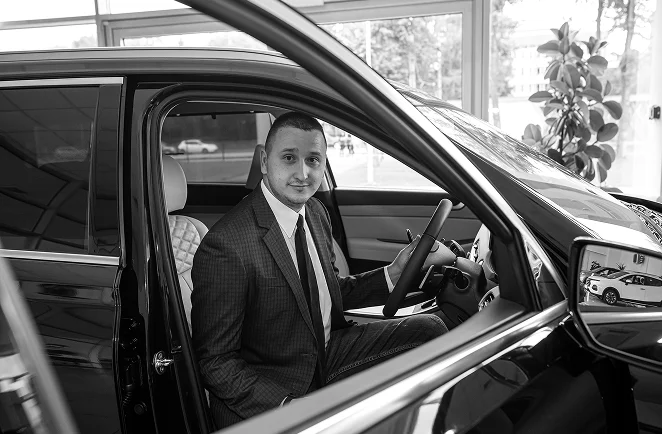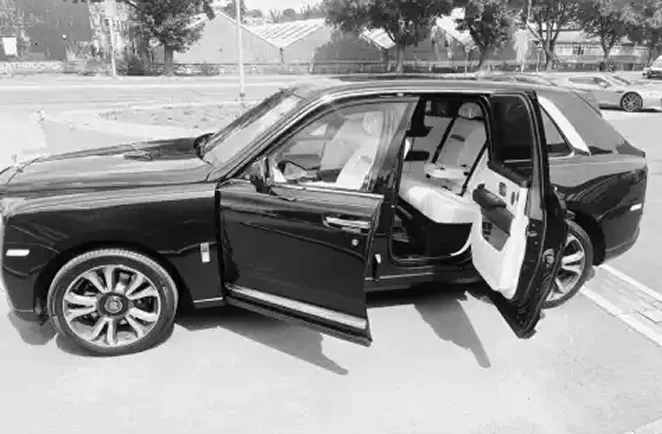Learning how chauffeurs manage emergencies to keep clients safe reassures passengers that travel time is guarded not just by good manners and punctuality but also by training, planning and quick, calm thinking when things go off course. Professional drivers are trained to handle accidents, vehicle breakdowns, medical situations, security issues and severe weather; their responsibility is to get passengers safely to their destination while upholding passenger safety, privacy and dignity. Here we break down the systems and skills behind that readiness, so you can grasp what occurs behind the scenes when a usual transfer suddenly goes emergency.
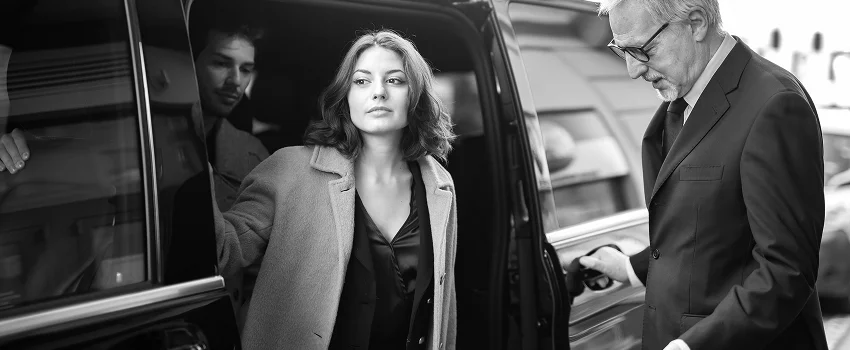
Why Safety Matters In Chauffeur Services
Prepping starts long before the engine roars. Professional providers of chauffeur services maintain rigid employment standards, carry out thorough background checks and provide regular training, including first aid, defensive and advanced driving techniques as well as scenario training drills. The vehicles are inspected and receive scheduled maintenance checks before a shift in order to minimise the risk of mechanical malfunction. This mix of human talent and vehicle predictability helps keep drivers safe long before they get on the road.
Clear protocols save lives. When an incident does happen — a rider falls ill, another vehicle smashes into the chauffeur’s car or a route becomes unsafe — drivers follow checklists: secure the vehicle, assess injuries, call emergency services if necessary and move passengers only if it is deemed safer to do so. These protocols also serve to value life over property and bring order with a uniform approach that minimises panic. A seasoned event chauffeur servicing a major key booking will often have improved crowd control measures, discreet evacuation plans and integration with venue security staff.
Communication is vital. Today’s chauffeurs use real-time telemetry, traffic apps and direct lines to their operations staff; dispatches are coordinated. The driver notifies your operators who can call for support vehicles, the client’s representatives and effect onward arrangements. That centralised coordination makes it so that if the airport transfers are running late, or if we’re going on a multi-leg itinerary, you won’t end up with cascading delays stacking on top of each other, but also putting alternative travel in place to be readied should it be needed. Clear communications to passengers in a state of calm — telling them what is happening and what will happen next — also eases distress and helps everyone make good choices.
Medical readiness is a major focus. A number of professional chauffeurs are trained in first aid, as well as first-aid kits and automated external defibrillators (AED). When a passenger is in trouble, the role of the chauffeur is simply to stabilise, make them comfortable and to arrange professional medical assistance to arrive quickly. For clients with non-emergency conditions, operators frequently enter medical notes (with permission) so the chauffeur knows of major needs from the beginning.
Driving and route strategy play a preventative role. By driving defensively, chauffeurs decrease the likelihood of accidents while planning their path around hazards and adjusting on-the-fly around closures or bad weather. Drivers are taught not to take unsafe manoeuvres in order to “get there faster” — safety before speed. In hostile situations — road protests, sudden crowding near an event, or a vehicle attempting to follow — trained chauffeurs should conduct evasive driving manoeuvres, locating a haven, such as police stations or secure hotel forecourts.
Resources for non-medical emergencies are important too. If a vehicle breaks down, the chauffeur secures the scene, arranges a replacement vehicle, and manages luggage and continuity so the client’s itinerary is minimally disrupted. For misplaced passports or documents, chauffeurs assist by reaching out to embassies or company security teams and providing a secure base while replacements are arranged. When VIPs are concerned, the discreet management of information and fast ramp-up to security advisers is typical operating procedure.
Understanding crowd and event psychology is key for drivers who work around events open to the public. An event chauffeur needs to be able to execute timed arrivals and departures with precision, establish a secure location for the car, as well as liaise with venue stewards or police forces on-site in order to facilitate the handing over of passengers. This job requires an almost sixth sense of anticipation — being able to predict when a red carpet photo call will suddenly spill out on the access road, or crowd flow will instantly create a hazard — and planning accordingly.
Last but not least, post-incident activities make sure that a lesson is learned. Operations teams debrief after any major event, update risk registers and refresh driver training. Transparent incident reporting is beneficial to the client and operator, and for the future.
For passengers, minor changes make a big difference: provide medical information or mobility needs in advance; ensure that contact numbers are current; listen to the chauffeur during incidents and respond as instructed; carry necessary documents separately. These tiny movements enable the driver to execute evasive manoeuvres properly.
Conclusion
Realising how chauffeurs manage emergencies to keep clients safe exposes an intricate system of preparation, impromptu coordination and human outreach that transforms potential crises into resources for damage control. From performing preventive maintenance to learning basic first aid, and even to planning the most efficient routes and mastering venue-specific protocols, professional chauffeurs have one foot in both the first responder’s and logistics coordinator’s camps.
When safety and discretion are paramount, well-established operators that incorporate these approaches into any booking give clients the confidence they need – think experienced teams such as HCD Chauffeur Drive for a service built on safe and prompt, calm reactions.

